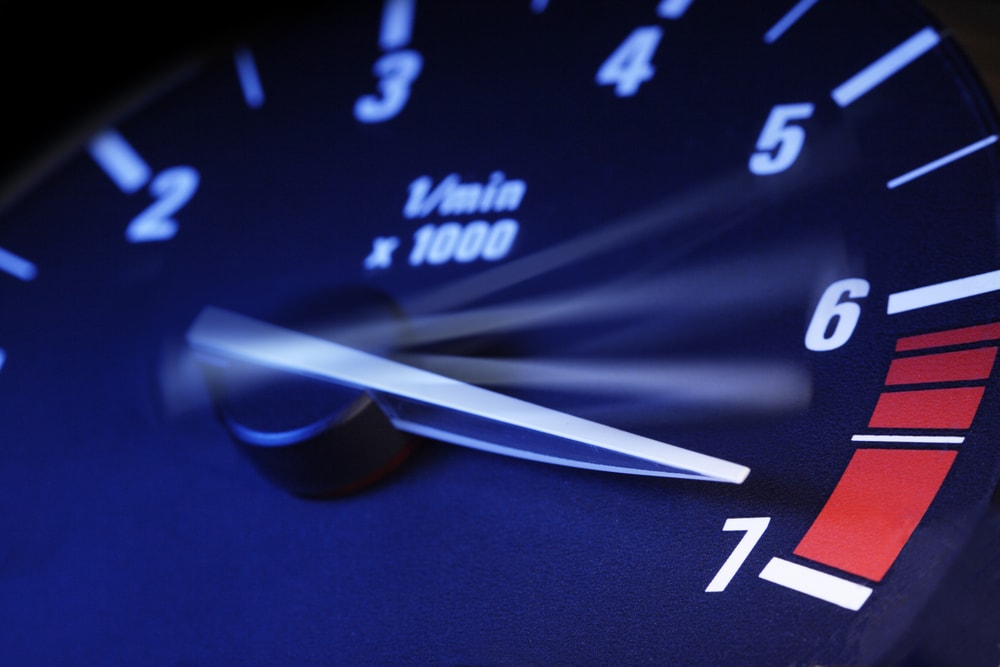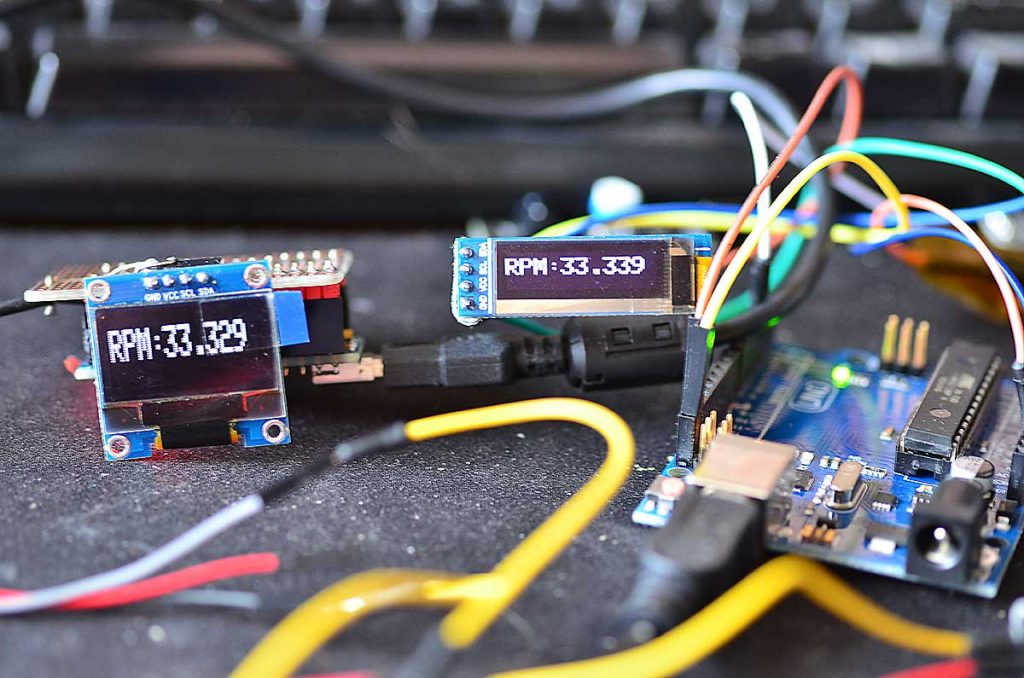
How to Calibrate a Tachometer: Important Steps You Can't Miss?
Share
Calibration is critical for ensuring that your tachometer functions accurately. If you are a tech professional or a tech enthusiast, you may wonder how to calibrate a tachometer effectively. A tachometer plays a vital role in measuring the rotational speed of an object, delivering immediate feedback crucial for optimal performance.
In this guide, we will walk you through the essential steps on how to calibrate a tachometer, explore various methodologies, and discuss best practices to maintain accuracy.

Understanding the Basics of a Tachometer
Before diving into the calibration process, it is essential to understand what a tachometer is and its functions. A tachometer is an instrument that measures the rotational speed of a shaft or disk in vehicles and machinery. They come in two main types: analog and digital. Understanding their functionalities will enhance your calibration experience.
Why Calibration is Necessary?
Calibration ensures that the tachometer readings are reliable and accurate. An uncalibrated tachometer can lead to performance issues in systems where precise speed measurement is crucial. For instance, in aviation, improper readings could endanger flight safety. For a more detailed examination of tachometers in aviation, check out what is a tachometer in a plane.
Preparation for Calibration
Before calibrating your tachometer, there are several preparatory steps you should consider:
- Gather Tools and Equipment: You'll need a multimeter, an adjustable speed drive, and possibly a frequency counter or a diagnostic tool.
- Reference Speed: Determine the reference speed for calibration. This will help you set the tachometer accurately.
- Check the Manual: Consult the manufacturer's guidelines for specific calibration instructions.
Steps to Calibrate a Tachometer
The calibration process involves multiple steps:
Step 1: Connect the Tachometer
Begin by connecting the tachometer to your power source according to the manufacturer's guidelines and ensure that all connections are secure.
Step 2: Set the Reference Speed
Using your adjustable speed drive, set the reference speed to a value that's easy to measure, such as 1000 or 2000 RPM.
Step 3: Compare Readings
As the adjustable speed drive runs, compare the output of your tachometer against your reference speed. It may be beneficial to have a calibrated reference device to cross-check.
Step 4: Adjust Calibration if Needed
If you notice discrepancies, adjust the calibration settings on your tachometer according to the manufacturer's instructions.
Step 5: Document the Results
Always keep track of your calibration results and adjustments. This documentation is essential for future reference and compliance, especially in regulated industries.
Common Issues Encountered During Calibration
While calibrating your tachometer, you may face several challenges:
- Inconsistent Readings: This could be due to wiring issues or a malfunctioning tachometer. Check your connections and replace faulty components.
- Outdated Software: If you're using a digital tachometer, ensure that its software is updated.
- Environmental Factors: External conditions such as temperature and humidity can affect calibration. Conduct the calibration in a controlled environment.
Maintaining Your Tachometer
To ensure longevity and reliability, regular maintenance is key. Here are some tips :
- Frequent Calibration: Regularly check the accuracy of your tachometer, especially after a significant amount of use.
- Clean Components: Dust and grime can interfere with readings, so make sure to clean your tachometer and its surroundings.
- Store Correctly: When not in use, store your tachometer in a safe environment to avoid damage.

External Resources for Further Learning
If you are looking to extend your knowledge beyond calibration, there are plenty of resources available. For example, to understand how different types of tachometers work, consider reading this article on how a tachometer works.
Frequently Asked Questions
Q1: How often should I calibrate my tachometer?
A: It is recommended to calibrate your tachometer regularly, especially after extensive use or any significant modifications to the system.
Q2: Can I calibrate my tachometer myself?
A: Yes, with the right tools and knowledge, you can calibrate your tachometer on your own. Just ensure you have the appropriate guidelines.
Q3: What happens if I dont calibrate my tachometer?
A: Failing to calibrate your tachometer can lead to inaccurate readings, which may cause performance issues and potential safety risks.
For more in-depth information on testing a tachometer, visit how to test a tachometer, and for resetting advice, check out how to reset tachometer.
